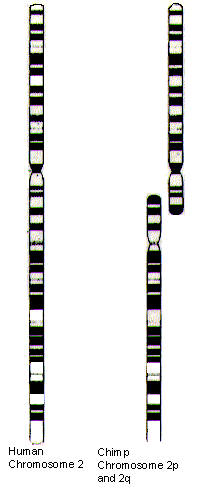abu afak
ALLAH SNACKBAR!
- Mar 3, 2006
- 7,984
- 2,771
- 315
- Thread starter
- #181
Not at all.You have the same dishonest standard to meet your faith in science, even though you admit science has not answered the question where did we come from, how did we get here, why are we here and where are we going next? Yet, you are unwilling to look at other possibilities.
but "other possibilities" have to have some semblance of EVIDENCE.
LINK?Your comments about humans and apes are not true. The way the so-called scientists came up with 99% the same DNA was disingenuous and false. When you don't take out those DNA links that do not line up, it's more like 85% and I've seen lower.
Actually, videos are Not a good way to have a conversation as the author and his claims are not as well laid out nor oft documentable. They oft proceed on an opening False premise and mix in a few more.That's a huge difference. Not only that, the 6 million years from our supposedly common ancestor mutation doesn't work either. Science keeps stretching out the time period now to 13.5 million. But, that's way off as well. I invite you to watch the video and at least know what you are talking about and/or trying to say is wrong. You remind me of my grandson who will not eat some food, not even taste it to see if he'd like it or not. He's 17. Watch the video so we can have an intelligent conversation.
Just like you just did with your wrong take on well known and accepted similarity of primate DNA percentages. No source. (which will turn out to be a creationist website, to 'confirm' the creationist youtube?)
I don't see a single fact in there. Unless you're claiming Hawking thinks "god did it."Your statement about religions are dead ends when exploring the universe is also false. You might want to educate yourself with the studies at many of the religious schools around the world before making such an ignorant statement like this. I remember when I was at BYU back in the late 1970's being introduced to Steven Hawkins in the science building. You might like to know that the father of the TV was a member of The Church of Jesus Christ of Latter-day Saints.
Why would one expect to find info about a natural/scientific cause from people whose purpose is defending (indeed spreading) their religious creationism/doctrine that predates any real science.
.
